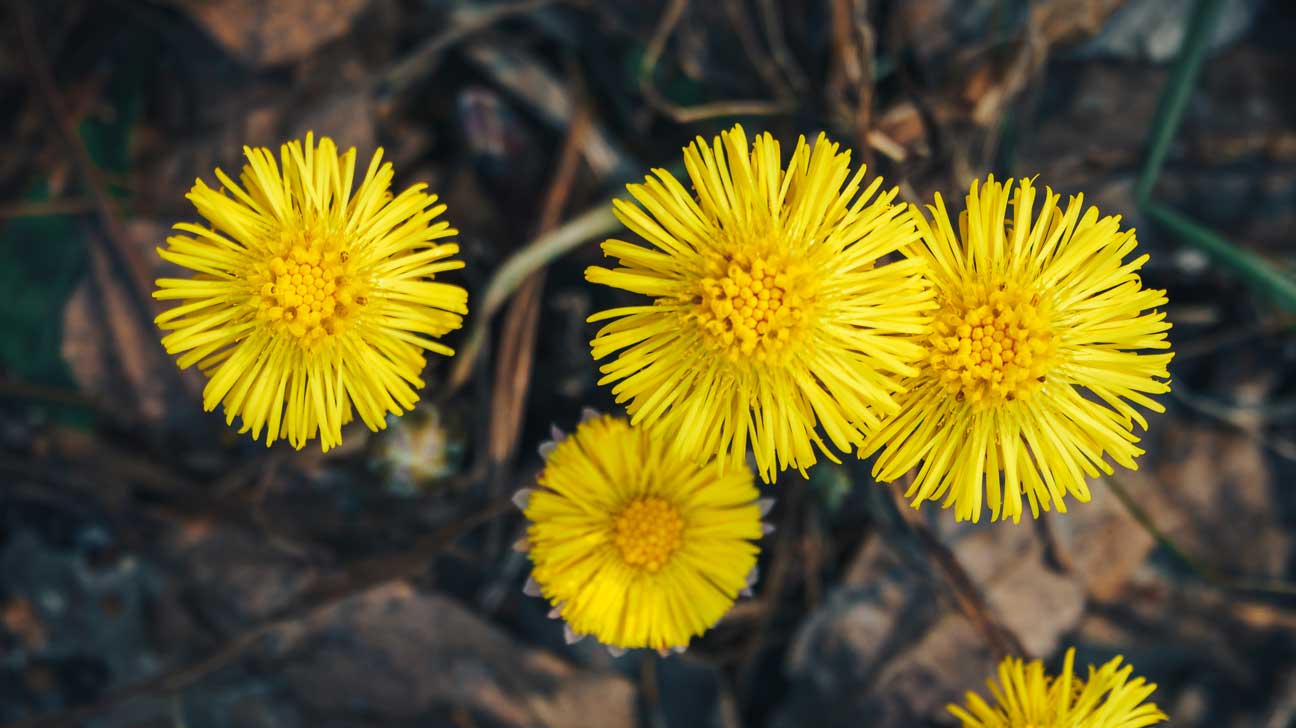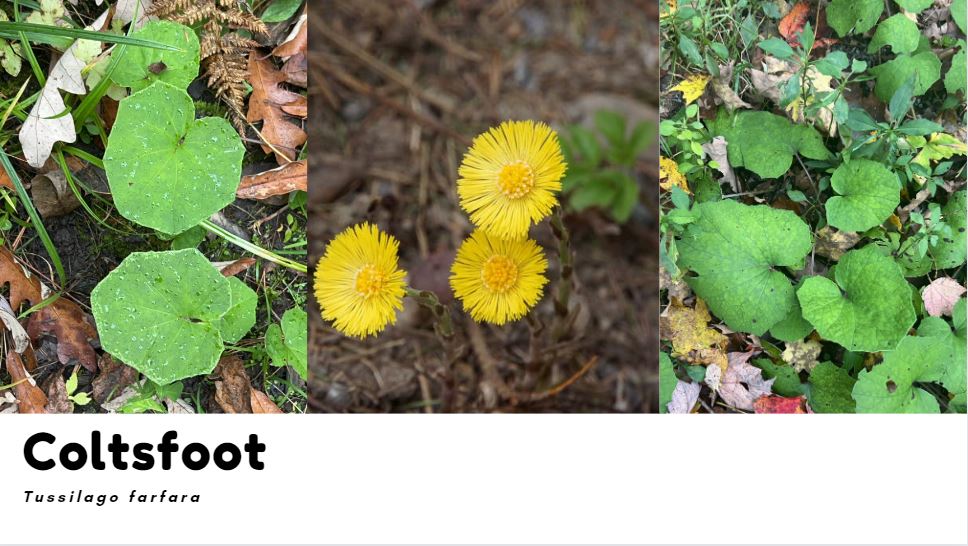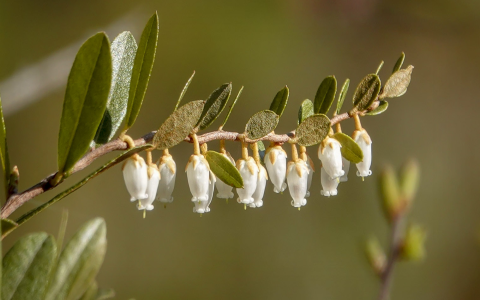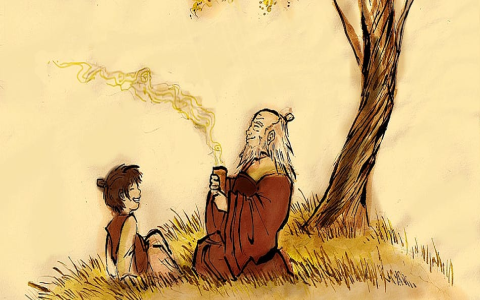Alright, so today I wanted to chat a bit about something I stumbled upon, Coltsfoot flower. You know how it is, you hear things, especially when someone you know is dealing with a stubborn cough or something similar. That’s pretty much how my journey with this thing started.
My First Encounter
It all began a while back. My old neighbor, bless his heart, had this nasty, lingering cough. He’d been to the doctor, got some syrups and pills, but that cough just wouldn’t let up. It was one of those dry, irritating ones that just grates on your nerves, you know? We’d hear him hacking away, and you just feel for the guy. I remember thinking, there’s gotta be something out there, some old remedy, ’cause the usual stuff wasn’t cutting it for him.
So, I started poking around, mostly online, asking a few older folks I know. It’s funny how you go down these rabbit holes. One evening, I was just scrolling through some forum, and someone mentioned Coltsfoot. The name itself sounded ancient, like something out of a storybook. I’d vaguely heard of it, but never paid it much mind.
Trying to Figure It Out
This is where it got a bit tricky. I decided to look into what this Coltsfoot was all about. My first step was, naturally, the internet. And boy, what a mixed bag that was. Some websites were hailing it as this miracle herb for coughs and chest issues. They’d list all sorts of things it supposedly did:

- Soothing the throat
- Helping with breathing
- Reducing inflammation (or so they claimed)
Then, you’d click on another link, and it would be full of warnings, saying you gotta be careful, some parts might not be good for you in large amounts, or for long periods. It was a bit of a headache, to be honest, trying to sift through all that conflicting information. I wasn’t looking for a medical degree, just wanted to see if it was something worth suggesting to my neighbor, with a big ol’ “check with your doc first” disclaimer, of course.
I even tried finding some in local health food stores. Some had it, some looked at me like I had two heads. It wasn’t like buying chamomile tea, that’s for sure. It felt like I was hunting for some forgotten treasure. Eventually, I found a place that sold the dried flowers, specifically for making tea.
The “Experiment” and What I Noticed
So, I got some for my neighbor. I told him, “Look, I read a bit about this, some say it helps with coughs. Maybe give it a try as a tea? But don’t go overboard, and if you’re worried, ask your doctor.” He was at the point where he’d try anything, within reason.

He started brewing a small cup of Coltsfoot tea in the evenings. Now, I’m not a doctor, and this ain’t medical advice, okay? This is just what I saw, what he told me. After a few days, he mentioned that his throat didn’t feel as raw. His coughing fits seemed a little less… violent? He wasn’t magically cured overnight, not at all. But he felt it gave him a bit of relief, helped him feel a tiny bit more comfortable, especially at night. He said it seemed to loosen things up a bit in his chest. Whether it was the Coltsfoot, or just the warm tea, or a bit of placebo, who knows? But he seemed a bit more cheerful, and the coughing wasn’t as constant.
For me, the whole process was more about the exploration. You hear about these traditional things, and you wonder. My own practical takeaway was that it seemed to offer some gentle soothing for that specific kind of annoying, dry cough my neighbor had. It wasn’t a powerhouse drug, but more like a comforting, traditional option that people have used for ages for a reason, I guess. But like with anything “natural,” you still gotta be smart about it. Just because it grows out of the ground doesn’t mean you can eat a pound of it without a care. That was my main lesson: dig around, be cautious, and see what works for you or the person you’re trying to help, responsibly.



